What about local government and finance?
Focusing on the Euros
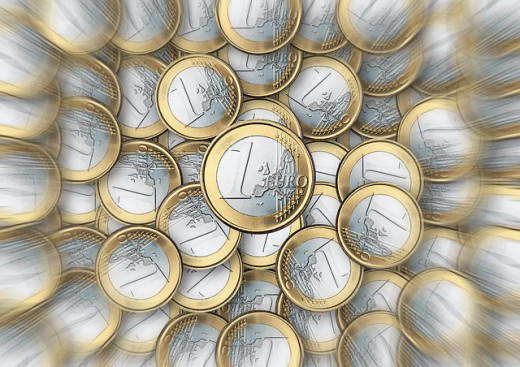
Have you ever asked yourself financial questions about your town? How much of the money flowing in are currently spent on the administration itself? That's the basic question one should answer. If you cannot doing it very truly that means the level of transparency is insufficient. And one can answer by simply checking out public financial documents. Balance sheet item we are talking about goes under the name General functions of administration, management and checks. More specific services are called usually Institutional organs, general secretary, staff and organisation. Economic management, finance, budgeting, reporting. Managing tax revenues and fiscal services. Managing public goods and properties.
Comparing some local administrations
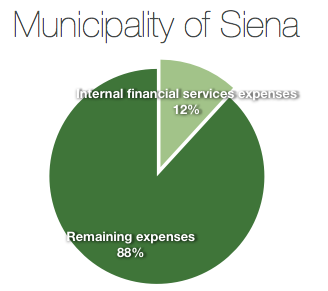
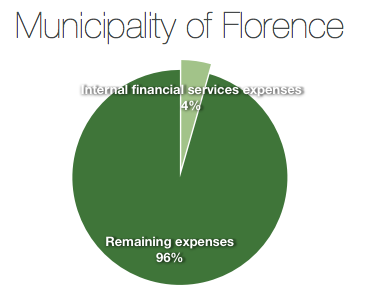
Balance sheet of the the Siena Municipality showed a proportion between 19 millions of financial related services and 142 millions of total expenses, that is to say 123 millions remaining. Florence has got a different proportion; because its billion of annual expenses is made up just by 4% of internal financial related services. That's regarding 2014 data, but it shows a lasting phenomenon. A phenomenon by which the smallest is the city, the highest is the proportion between internal administrative expenses and its total. That's the exact cause of some recent proposals on some public institutions unification. Moreover big administrations show a more frequent practice of external consultancies. Small administrations are a cost, as their taxes are rising and their debts have often to be repaid by the central government. Consultancies by private companies seems to be the future, as they are a flexible and effective tool for politicians; in the long term concurrency between private consultants can generate a better comparison between service outcomes and expenses.
Tuscany region expenses
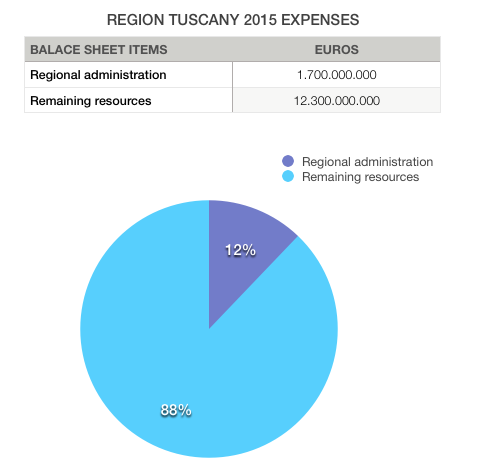
Enrico Rossi, president of Tuscany Region, Italy
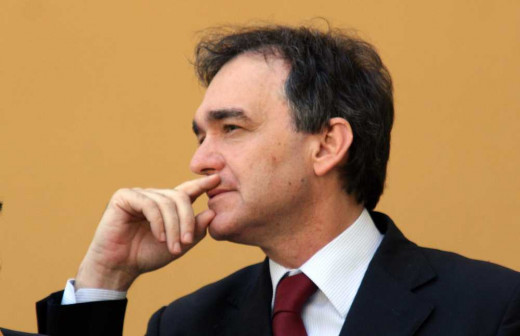
And what about the regions? Last year Tuscany region took into account 1,7 billions of its 14 billions budget to be spent in the administration itself. Other field of this budget are going to fund Social works, land improvement, culture, environment and to support the private economy. After the last check by the national financial court, one of its members Gaetano D'Auria judged the expenses to be balanced and the debts to be moderate. President Rossi answered as follows.
"We are living – Rossi said – difficult years in which our budget is reduced by 25%, expenses to be reduced at least per 1,5 billions and public health is passing from 80 to 60% of regional expense".
"Tuscany region is sound, its counts too"
Moreover part of the regional debts is due to support private enterprises. Getting some credit by the region nowadays is more simple and requires less guarantees than getting it from a bank, in some cases. That is the triumph of government, just because enterprises are both financed and taxed by the region as a public body, there is in fact a specific tax which income goes directly to region's cash, called Irap.

![Obama's General Motors [GM] Tarp Bailout - The Untold Details Obama's General Motors [GM] Tarp Bailout - The Untold Details](https://images.saymedia-content.com/.image/t_share/MTc0MTU0NDA1OTcxNzY1MTE2/obama-general-motors-gm-tarp-bailout-untold-details.jpg)






